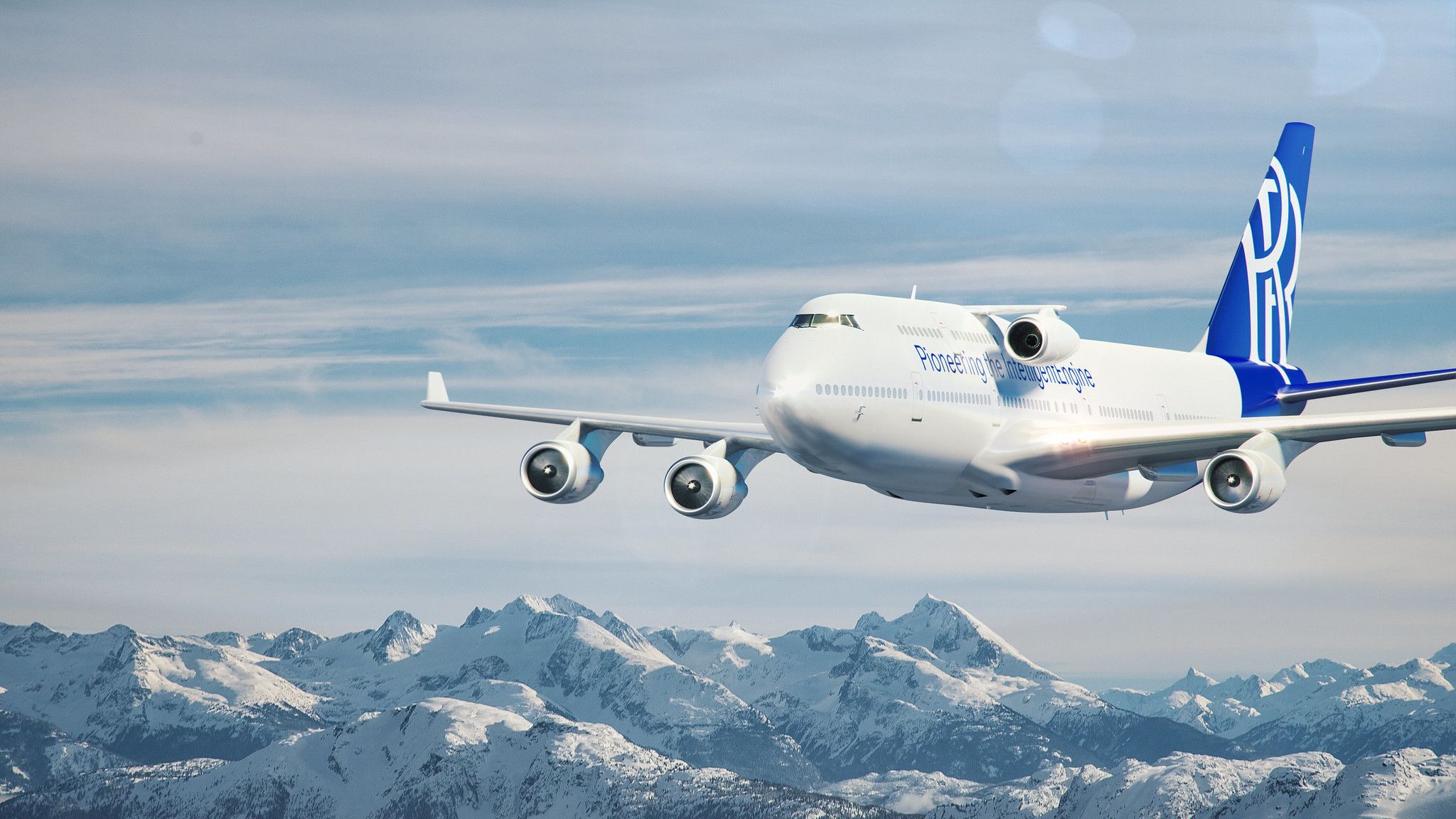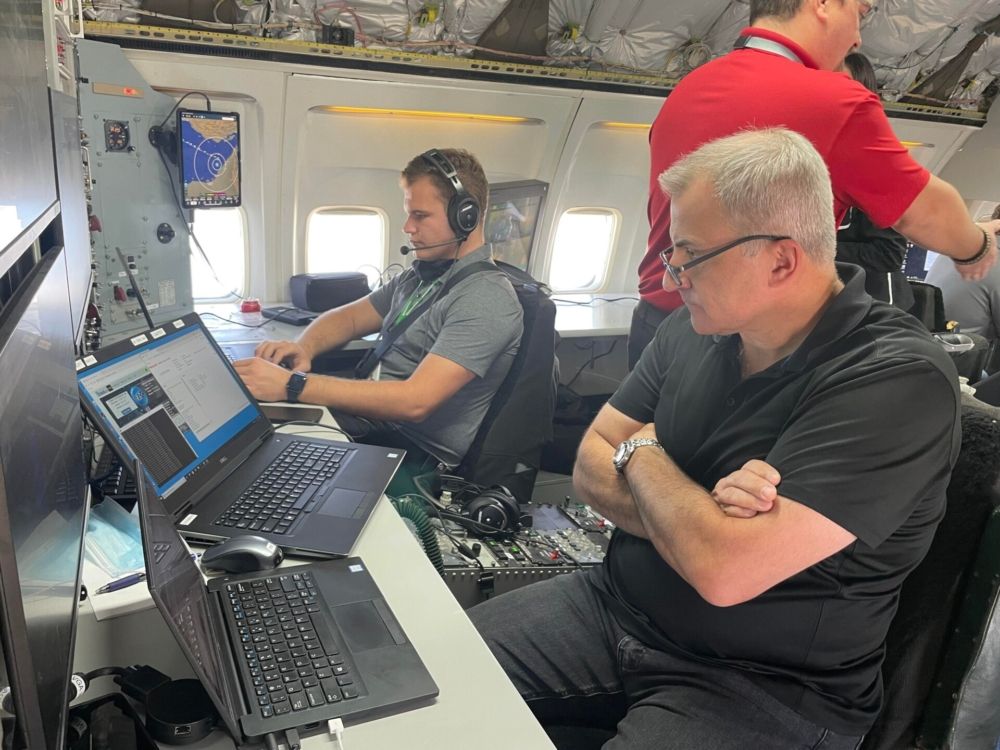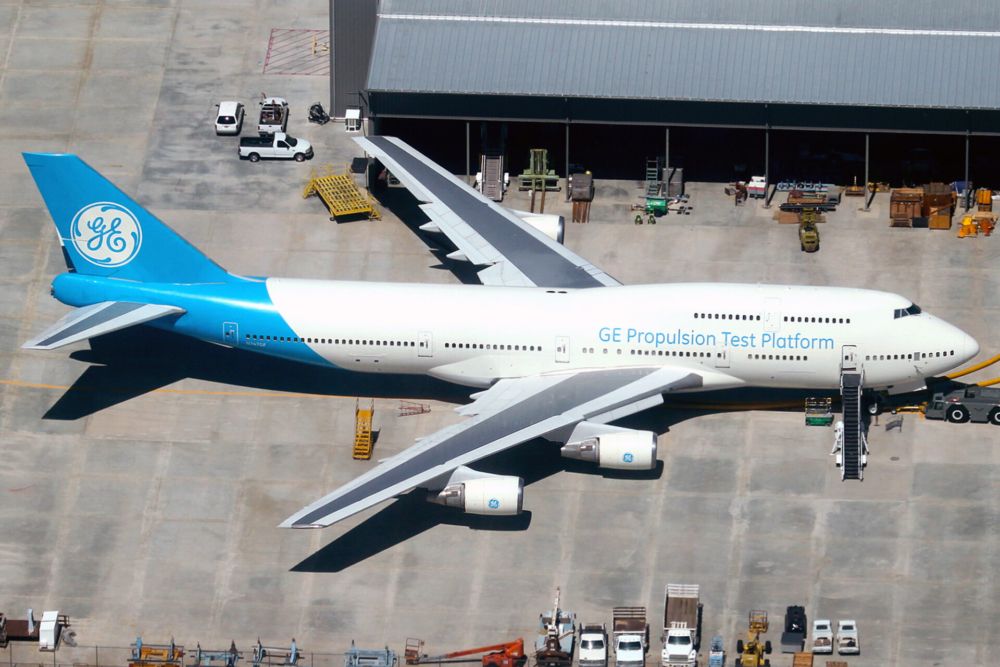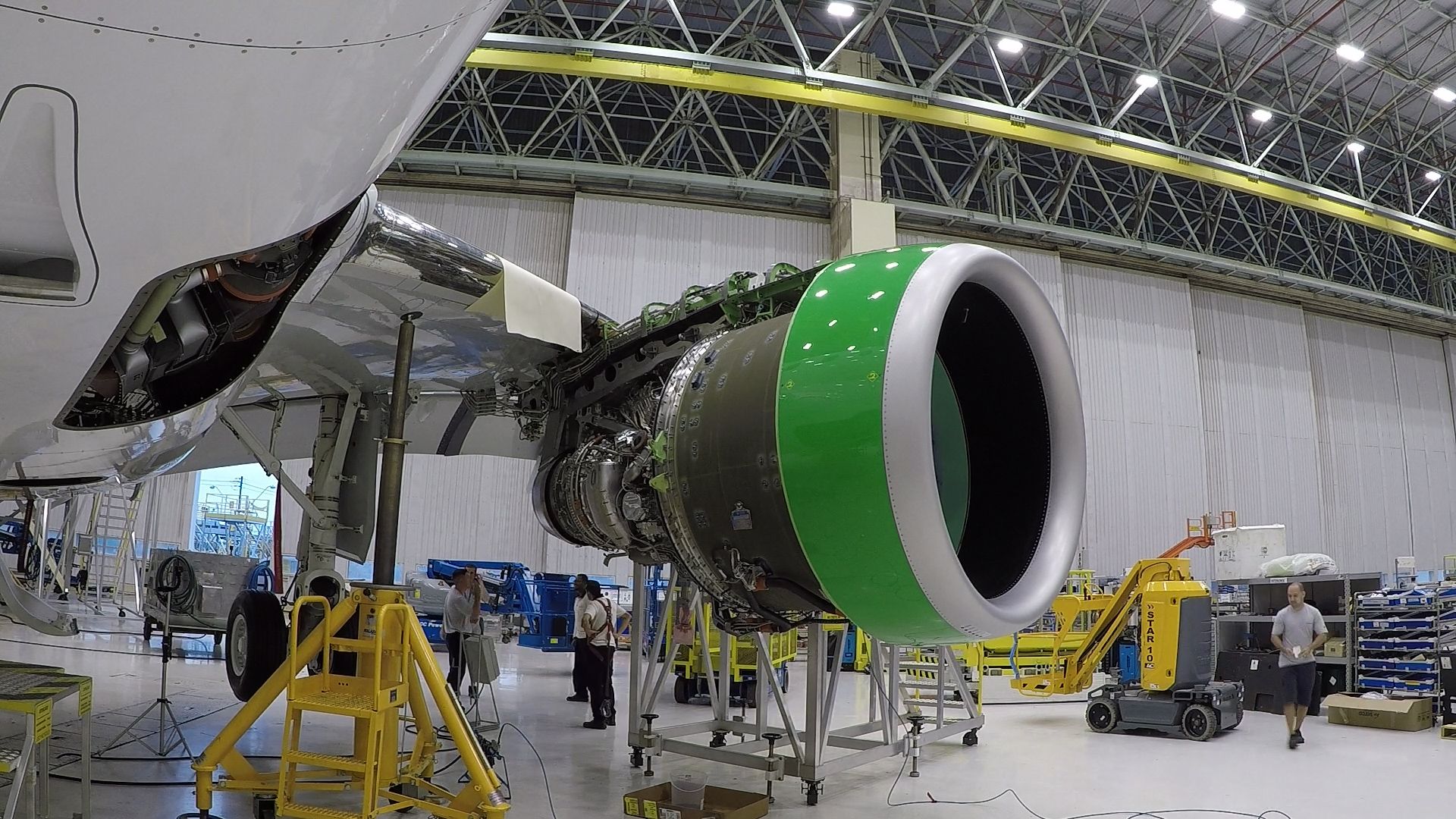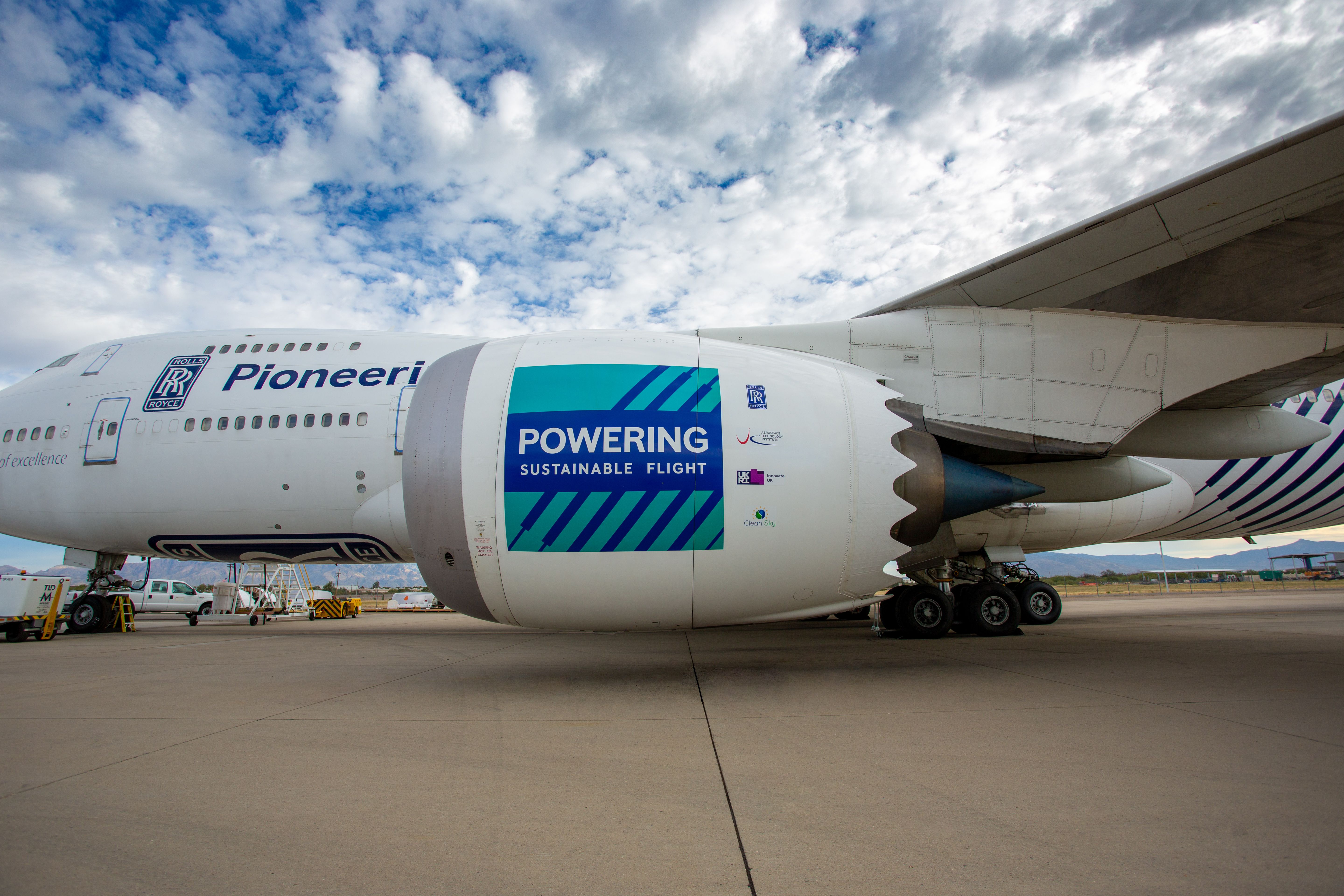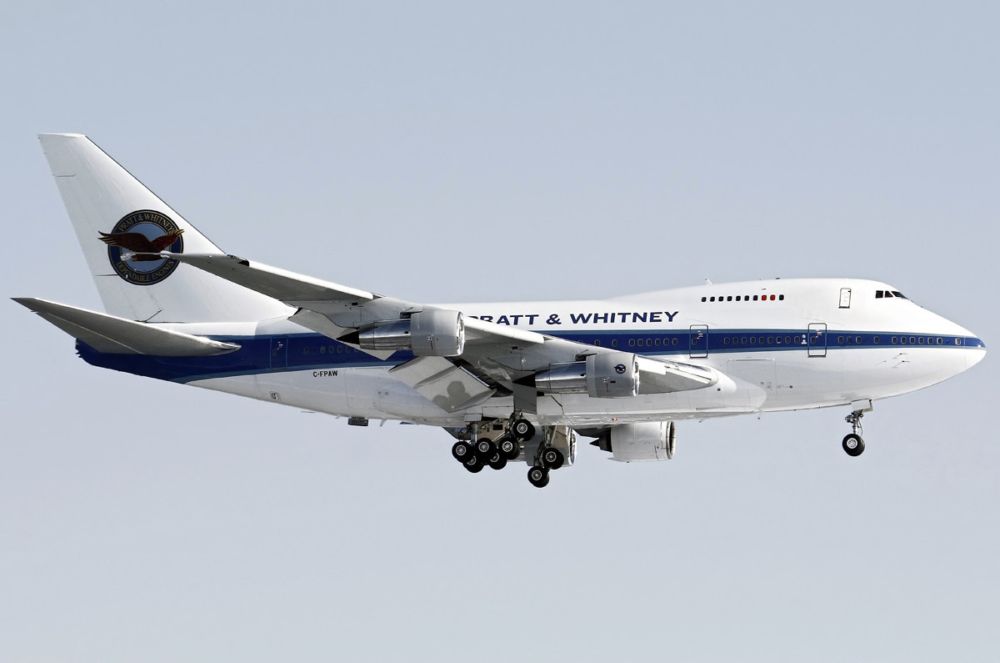Jet engines must undergo a comprehensive test program before they receive airworthiness certification. Engine testing programs are categorized into three phases: static tests, stationary operating tests, and flight tests.
During a static test, all engine components, modules, and systems are tested while the engine is not running. During the stationary operating tests, the engine is installed on a ground testbed and runs at operational speeds. Stationary testbeds are generally enclosed within a test cell or a wind tunnel facility. All operational parameters, including noise levels, are tested while the engine runs at varying speeds.
Flying testbeds are actual aircraft that carry the test engine (along with its own engines) to perform flight testing on the engine. Additional parameters such as temperature, density, and pressure (due to varying altitudes) are tested. This article explores the history of engine testbeds and their use in today's time.
Testbeds are in use for decades
Emphasis on producing more sustainable engines has been a particular phenomenon in recent years. However, engine manufacturers have always strived to deliver the best power plants for their military, commercial, and private customers. Looking back in history, we can see that the use of testbed aircraft dates back at least as far as the 1940s.
Indeed, in the aftermath of the Second World War, former Avro Lancastrian bombers were put to use by UK engine manufacturer Rolls-Royce for such a purpose. These planes had four piston engines, and Rolls-Royce replaced two of these with its new RB.41 'Nene' turbojet engines for test flights. If they failed, the plane could still fly on the two piston engines.
Rolls-Royce began making such test flights in August 1946, resulting in the first all-jet passenger flight from London to Paris in November of that year. Later in the decade and moving into the 1950s, companies like de Havilland and Armstrong Siddeley also began using the Lancastrian as a flying testbed. In this sense, it helped to kickstart the jet age in the UK.
What changes have to be made?
Using an aircraft as a flying testbed isn't simply a case of removing one or more of its engines and replacing them with the power plants that a manufacturer wants to test. The nature of the work means that such planes will typically be subjected to several other modifications. These ensure that whatever testing takes place can be carried out safely.
Work on the aircraft's wiring typically forms a vital part of this process. This ensures not only that the engine can run safely on the plane in question but also that companies can collect necessary data from the tests. According to ATDB.aero, structural modifications can also play a role, such as removing winglets on General Electric's Boeing 747.
General Electric's 747 testbed
As mentioned earlier regarding the Avro Lancastrian, four-engine aircraft are well-suited as testbeds as they offer greater contingency in the event of a failure. As such, it is unsurprising to see that several major engine manufacturers use the Boeing 747 to perform aerial tests on their new turbofan designs. One such manufacturer is Ohio-based General Electric.
This US engine maker flies N747GF as its aerial testbed. A 27-year-old Boeing 747-400, it formerly flew for Japan Airlines. It has been with the company since 2010 and tests engines like the GE9X. This turbofan is the only kind that will be used on the Boeing 777X. Pratt & Whitney tests its Geared Turbofan Engines (GTF) on a flying testbed in Canada for a variety of in-flight tests.
Stay informed: Sign up for our daily and weekly aviation news digests.
Rolls-Royce's two jumbo testbeds
Several engine manufacturers have more than one aircraft that they use for aerial testing of new products. For example, Rolls-Royce flies two different variants of the 747 for this purpose. The older of these is a 41-year-old 747-200, registered as N787RR.
As the registration suggests, it has been used to test Boeing 787 engines. Recently, this work saw the ex-Cathay Pacific jumbo used to test a Rolls-Royce Trent 1000 that ran entirely on sustainable aviation fuel. The flight in question lasted nearly four hours.
While Rolls-Royce has operated N787RR since 2005, its second 747 testbed arrived much more recently. Registered as N747RR, this 21-year-old 747-400 joined the manufacturer from Qantas in December 2019. Its testbed conversion is taking place in Moses Lake, Washington.
Pratt & Whitney Canada's diverse fleet
Pratt & Whitney Canada does things slightly differently regarding its testbed aircraft. While, like Rolls-Royce, it operates a fleet of 747s for this purpose, the aircraft in question are examples of the short-fuselage 747SP. Interestingly, it also uses a Dornier Do328‑300 JET and a de Havilland Dash 8-100 turboprop for testing purposes.
The company bases its testbed aircraft at Canada's Montréal-Mirabel International Airport (YMX). Data from RadarBox shows that its two 747SPs have both operated flights from there this month, despite each being at least 40 years old. C-GTFF entered service with Korean Air in March 1981, while C-GPAW did so a year earlier with CAAC in China.
Well-loved by engine manufacturers
Manufacturers worldwide are grateful for the opportunity to give retired passenger aircraft new leases of life to test their new products. Regarding the company's ex-Qantas 747, Rolls-Royce's Director of Development and Experimental Engineering, Gareth Hedicker, stated,
"The Queen of the skies will become the jewel in the crown of our global test programs. This is a significant investment that will expand our world-leading test capabilities even further, and will allow us to obtain more flight test data than ever before. (...) We’re excited to power it into the future."
General Electric also relishes the chance to put new engines to the test on these aircraft. Its original testbed was a Boeing 747-100, which it retired aged 49 in 2018. Praising its versatility, General Electric's Chief Test Pilot Gary Possert stated,
"We found the airplane was very adaptable to any engine that we came up with at GE, big and small."
Overall, testbeds represent an enterprise that benefits aircraft, both old and new. It keeps aging passenger aircraft active for longer than might otherwise have been possible while also expediting the development of modern and efficient engines for new planes.
Have you ever seen a testbed aircraft on your travels? If so, which company did it belong to? Let us know your thoughts and experiences in the comments.

